Learning Theories: Adaptive Control Of Thought
ACT-R is a way of specifying how the brain itself is organized in a way that enables individual processing modules to produce cognition.
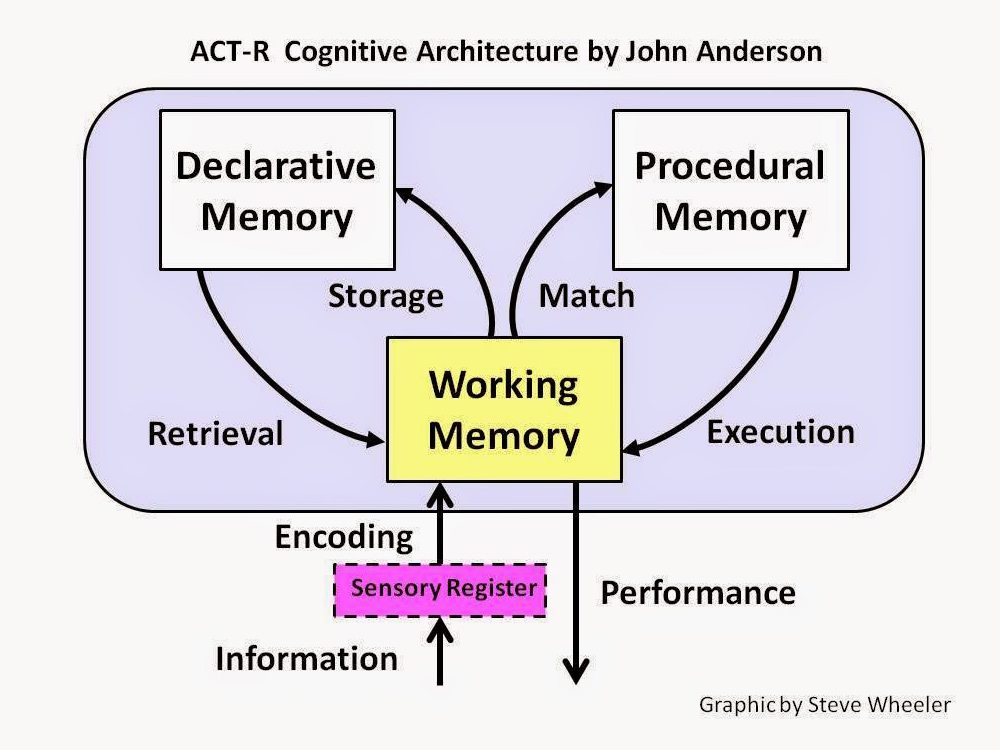
ACT-R is a way of specifying how the brain itself is organized in a way that enables individual processing modules to produce cognition.
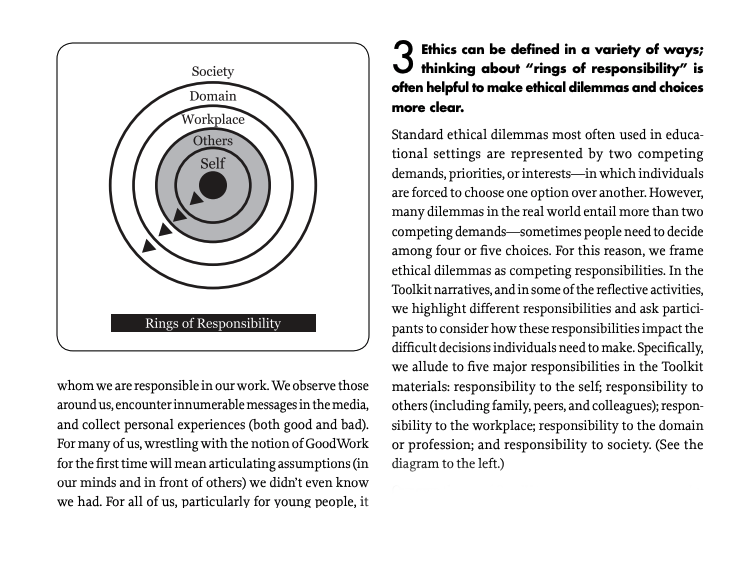
Here’s A Free Tool Kit From Harvard’s Project Zero To Incorporate Good Work Into Your Curriculum by Terry Heick Good work is central to TeachThought’s approach to teaching and learning. It’s part of the ethos of our Inside-Out School model and central to critical literacy. It’s also a recurring theme in Wendell Berry’s work (a Kentucky author who…
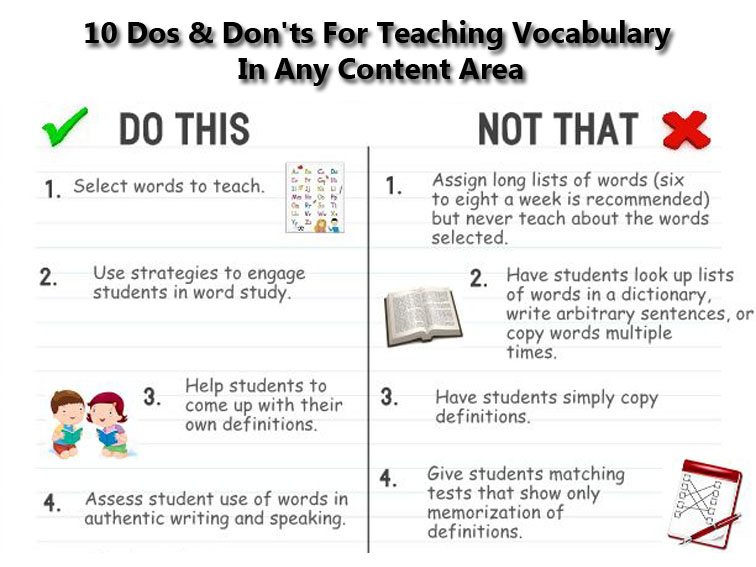
Teach students morphological strategies to figure out words they do not know, in addition to context-clue strategies.
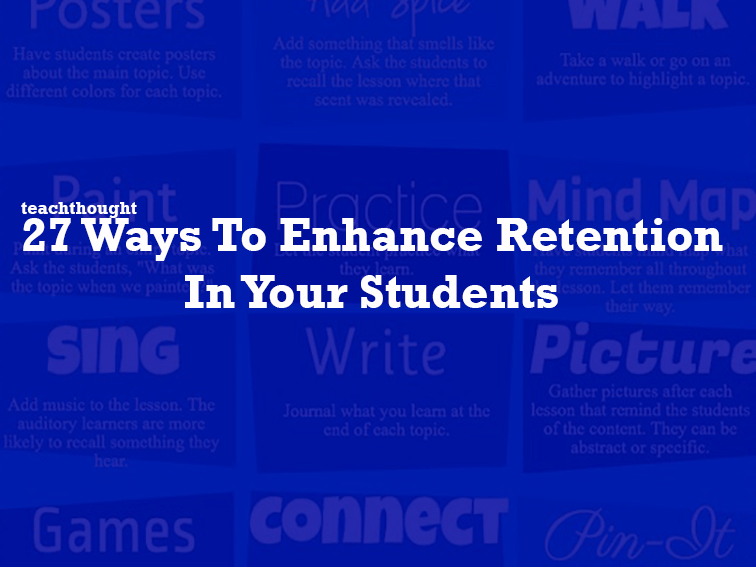
What Are The Best Ways To Improve Retention In Your Students? by TeachThought Staff How you can help students retain what they learn? What sort of teaching strategies, curriculum mapping techniques, or other changes can you use to help them remember and apply information? Most broadly, this is a matter of understanding and transfer. The…
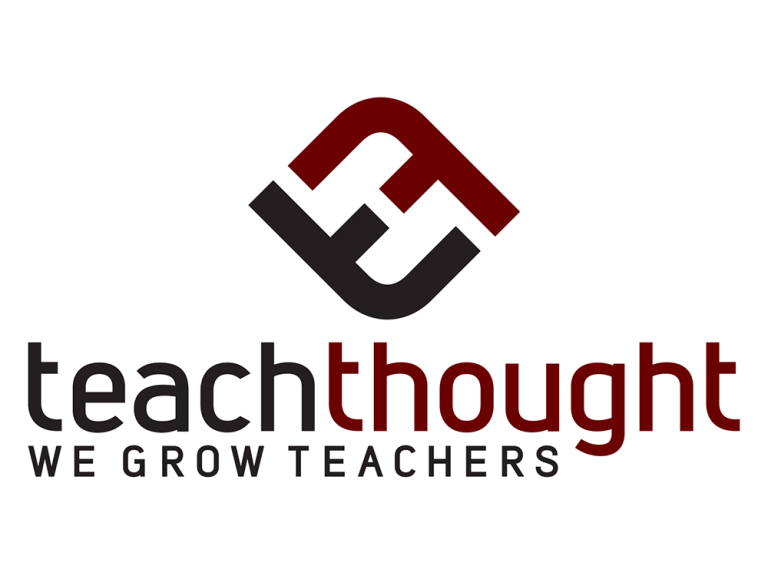
Contact us for specific information on demographics, readership, and related opportunities for visibility.
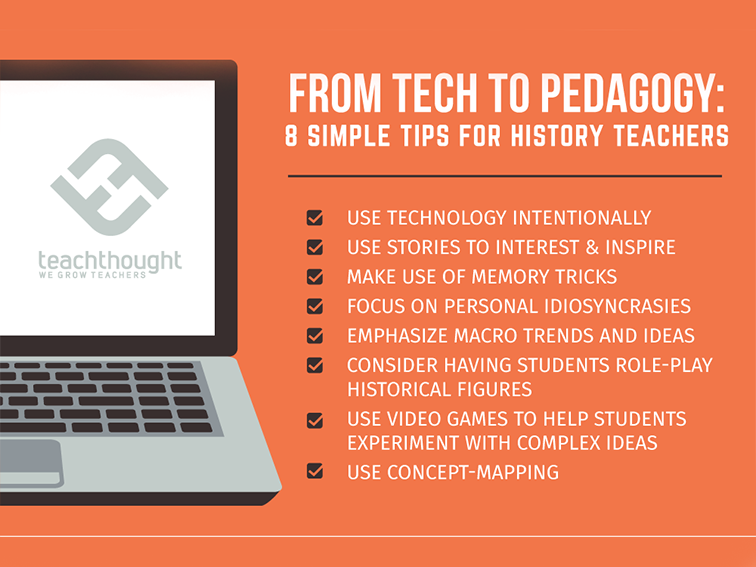
For history teachers, being fascinated with the subject material is the best way to ensure students will remember it after tests are done.
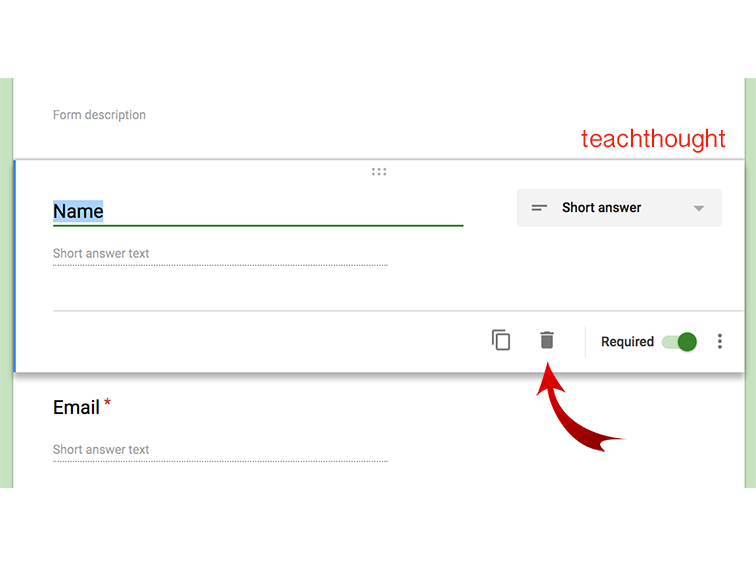
Recently, we offered a glimpse of Google Science Journal, Today, we’re taking a look at how to add and delete questions on a Google Form.
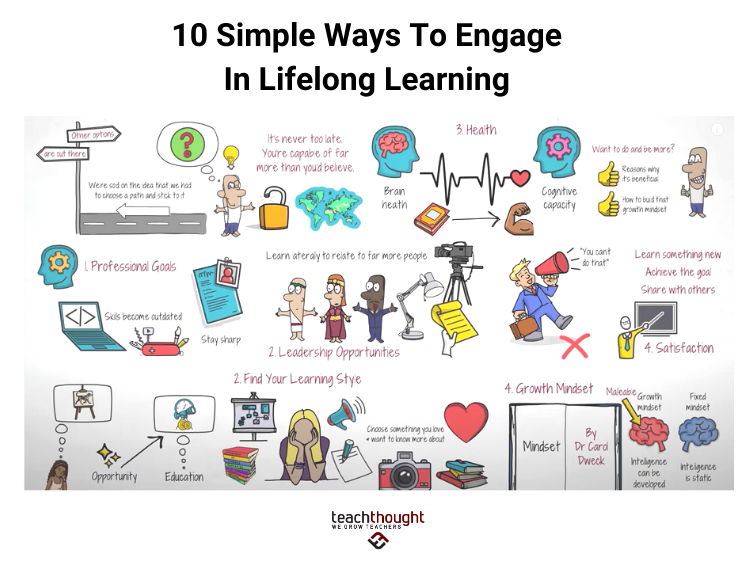
Lifelong learning preserves an individual’s desire to obtain new knowledge outside of the formal education system.
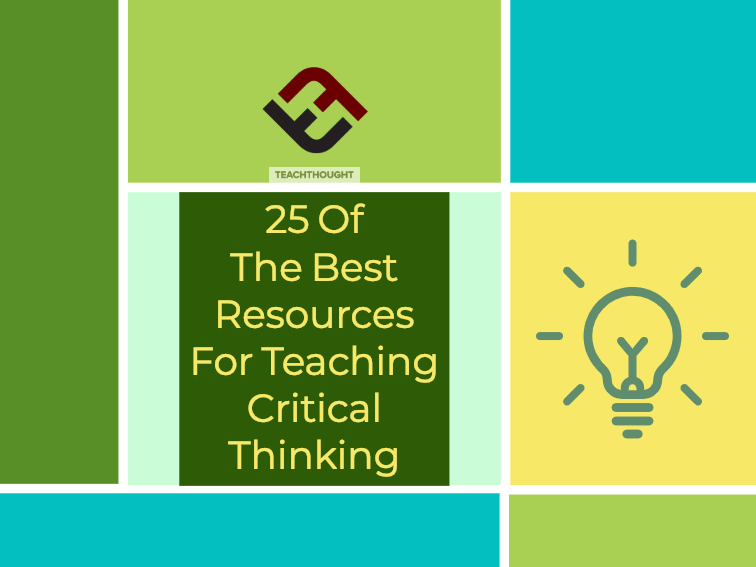
From rubrics and presentations to apps, definitions, and frameworks, here are 25 of the best resources for critical thinking.
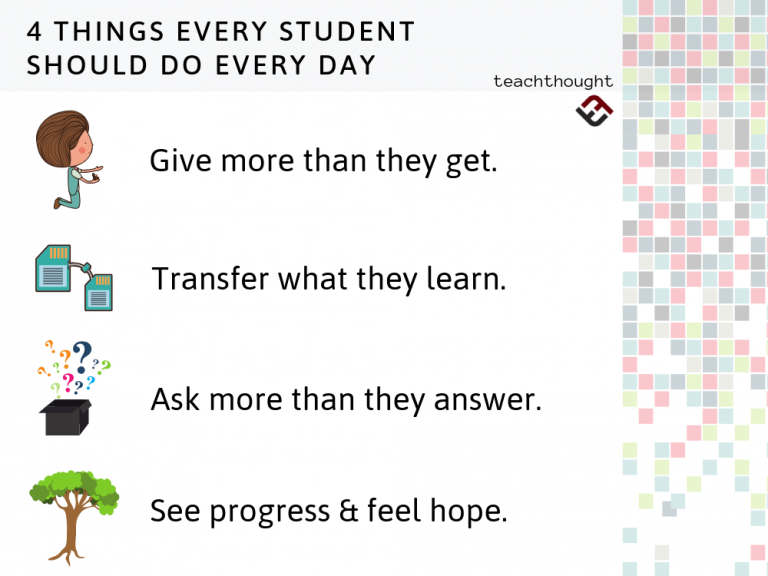
From asking questions to feeling a sense of progress, here’s a quick list of things that every student should do every day.
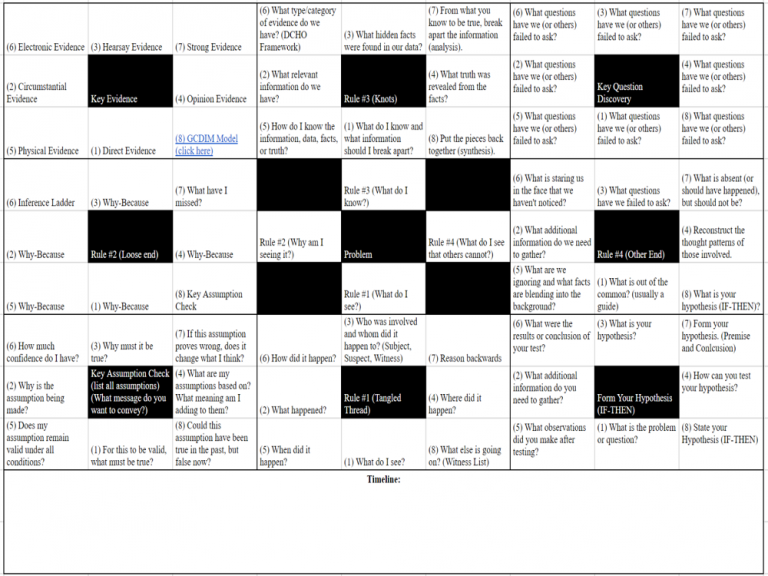
Like the rules underlying complexity found in swarm intelligence, Swarm Problem Solving possesses simple rules useful for unpacking problems.
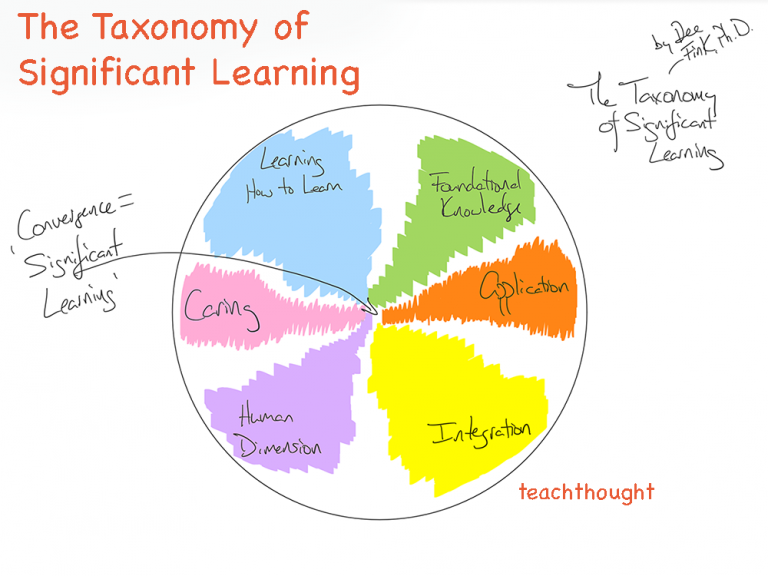
The Taxonomy Of Significant Learning is useful for making design considerations for student learning experiences.
End of content
End of content